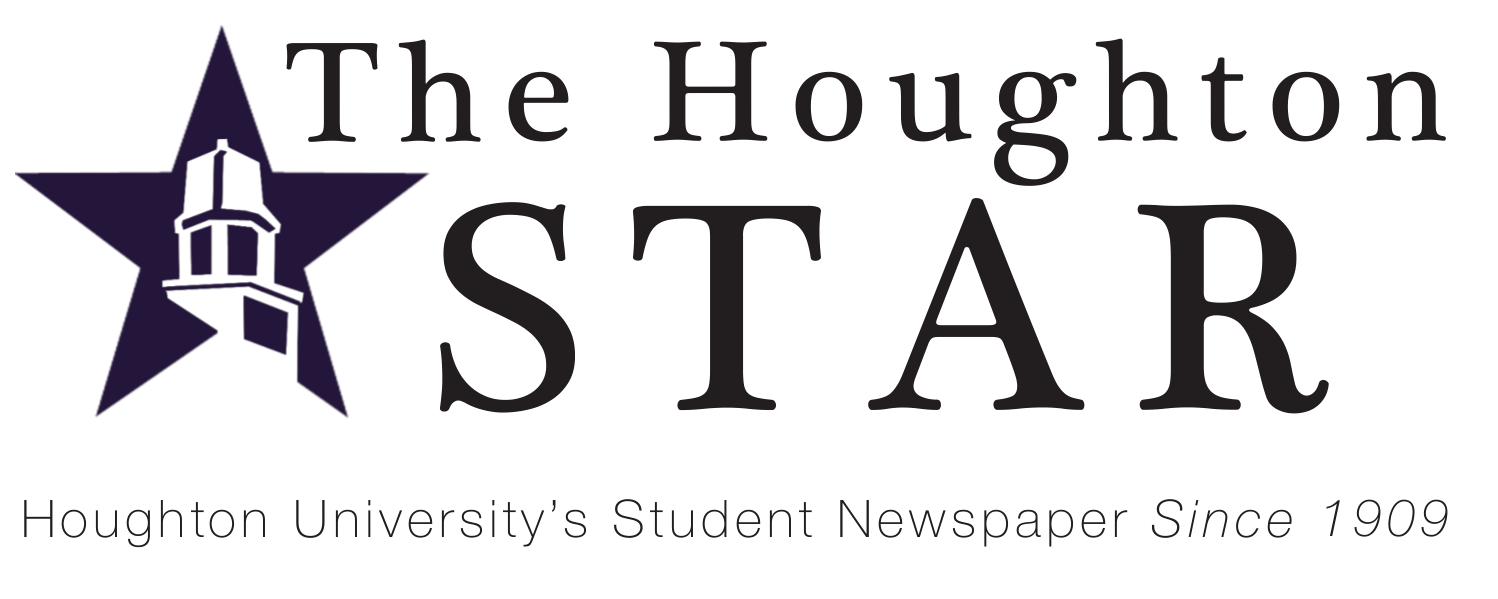Category: Stories In Focus
January 25, 2014
Stories In Focus
Behind the Scenes: Rene Stempert, Mother of Gillette
Rene Stempert is a familiar face for many on campus; most know her from her maintenance work in Gillette, but…
January 25, 2014
Stories In Focus
A Ritual to Read to One Another (As Well as On Your Own)
If you are anything like me, you looked forward to Christmas break largely due to the plethora of time simply…
December 14, 2013
Stories In Focus
Caffeinated Creative Studios: For Your Design Fix
The half coffee cup of the “Caffeinated Creative Studios” (CCS) logo has popped up on most of the campus’s bulletin…
December 14, 2013
Stories In Focus
Album Review: Five Iron Frenzy, “Engine of a Million Plots”
Five Iron Frenzy. The band’s name honors a golf club swinging paranoiac. Its albums have names like All the Hype…
December 14, 2013
Stories In Focus
Movie Review: “Thor: The Dark World”
Before diving into the actual film itself, can we just take a moment to admire the genius that is behind…
December 14, 2013
Stories In Focus
Houghton’s Best Kept Secret: Reference Librarians
Although the Willard J. Houghton Library may be a familiar place for most students, often the reference desk goes unnoticed…
December 07, 2013
Stories In Focus
Film Review: “The Book Thief”
The recent release of the enthusiastically anticipated film, The Hunger Games: Catching Fire, completely overshadowed what I thought more worthy…
December 07, 2013
Stories In Focus
Behind the Scenes of Prism
The Houghton College website says, “The 2013 Christmas Prism, Savior of the Nations Come!, is an artistic exploration of the…
December 07, 2013
Stories In Focus
Paddle Sports: Throwing Caution to the Waves
“Sometimes I see a rough wave or hole and know exactly what will happen if I hit it, which is…
November 22, 2013
Stories In Focus
Jillian Sokso Attains Competitive Artist Residency
Professor Jillian Sokso, Associate Professor of Art, has recently returned from a two week residency at the Virginia Center for…
